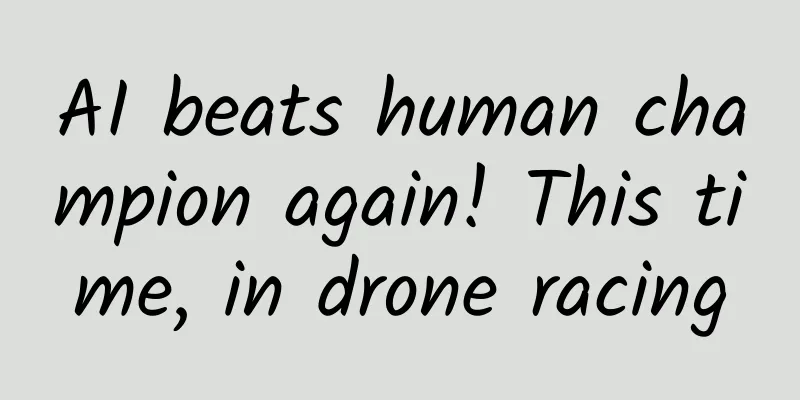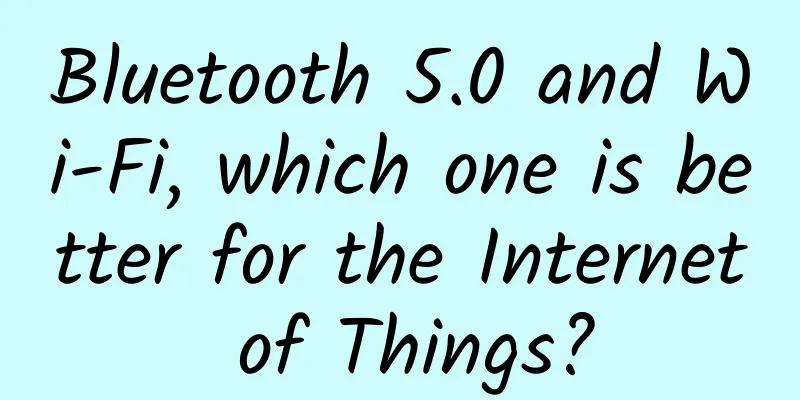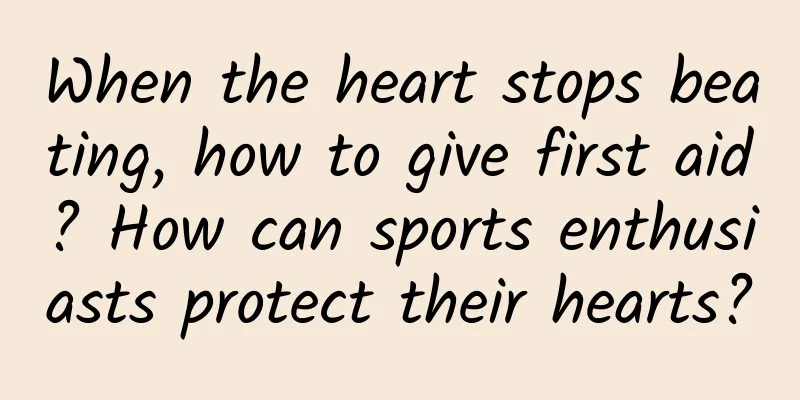AI beats human champion again! This time, in drone racing

|
Artificial intelligence (AI) has once again defeated the human champion. This time, it’s in the field of drone racing. Dr. Elia Kaufmann’s team from the Robotics and Perception Group at the University of Zurich and his Intel team have designed an autonomous driving system, Swift , that can fly a drone as well as a human opponent in a one-on-one championship match. This important research result has just been published as a cover article in the latest issue of Nature magazine. Image: Cover of the latest issue of Nature. (Source: Nature) In a news and opinion article published in Nature at the same time, Professor Guido de Croon, a researcher at Delft University of Technology in the Netherlands, wrote, " The study by Kaufmann et al. is an excellent example of how roboticists can overcome the reality gap . Although Swift is trained using a clever combination of AI learning techniques and traditional engineering algorithms, the system should be further developed in a more realistic and varied environment to fully unleash the potential of this technology." Nonetheless, the research team says the study marks a milestone in mobile robotics and machine intelligence and could inspire the deployment of hybrid learning-based solutions in other physical systems , such as autonomous ground vehicles, aerial vehicles, and personal robots. Intelligent training that integrates AI and engineering algorithms Currently, artificial intelligence (AI) systems based on deep reinforcement learning have surpassed human champions in games such as Atari games, chess, StarCraft, and Gran Turismo. However, all of these achievements have occurred in virtual environments, not in the real world. Drone racing is challenging for both experienced pilots and AI, but it is more challenging for AI because in a virtual environment, resources are almost unlimited, while moving to the real world means having to work with limited resources . This is especially true for drones because the sensors and computing equipment that replace human pilots must be carried into the air. In addition, the real world is more unpredictable than the virtual world . While simulated racing drones can perfectly follow pre-programmed trajectories, a single command issued to a drone can have multiple effects that are difficult to predict, especially for drones trained through AI. Traditional end-to-end learning methods have difficulty transferring the mapping of virtual environments to the real world . There is a reality gap between the virtual and the real world, which constitutes one of the main challenges in the field of robotics. In this study, the Swift system achieved intelligent training by integrating AI learning technology with traditional engineering algorithms . First, the system processes the images obtained by the drone from the camera through an artificial neural network to accurately detect the corners of the door. Then, binocular vision software is used to calculate the speed of the drone. The innovation of the Swift system lies in another artificial neural network that maps the state of the drone to commands to adjust thrust and rotation rate . Reinforcement learning is used to optimize the rewards obtained from the environment through a trial-and-error process in simulation. In this algorithm, the system uses reinforcement learning instead of end-to-end learning, which can bridge the gap between reality and simulation through abstract concepts. Because the state encoding is at a higher level of abstraction than the original image, the reinforcement learning simulator no longer requires a complex visual environment. This optimization reduces the difference between the simulated system and the real system and increases the simulation speed, allowing the system to complete learning in about 50 minutes . According to the paper, Swift consists of two key modules: observation policy and control policy. The observation policy consists of a visual-inertial estimator and a gate detector, which can convert high-dimensional visual and inertial information into task-specific low-dimensional encodings; the control policy is represented by a two-layer perceptron that can accept low-dimensional encodings and convert them into drone commands. Speed and performance that surpasses that of human pilots The race track was designed by an external world-class FPV pilot. The track consists of seven square gates arranged in a 30×30×8 meter space, forming a 75 meter long track. In addition, the track features distinctive and challenging maneuvers, including Split-S. Even if a collision occurs, the pilot can continue the race as long as the aircraft can continue to fly. If a collision occurs and both drones cannot complete the track, the drone with the longer distance wins. Swift has competed in multiple races against the likes of Alex Vanover (2019 Drone Racing League World Champion), Thomas Bitmatta (2019 MultiGP Champion), and Marvin Schaepper (3X Swiss Champion). Swift won 5 of 9 matches against A. Vanover, 4 of 7 matches against T. Bitmatta, and 6 of 9 matches against M. Schaepper. In addition, Swift had 10 losses, 40% of which were due to collisions with opponents, 40% due to collisions with doors, and 20% due to flying slower than human pilots. Overall, Swift won the most races against each human pilot. Swift also set the fastest race time, beating the best time by human pilot A. Vanover by half a second. Data analysis shows that Swift is faster than all human pilots overall, especially in critical parts such as takeoff and emergency turns. Swift's takeoff reaction time is shorter, 120 milliseconds earlier than human pilots on average. In addition, Swift has greater acceleration and reaches a higher speed at the first gate. Additionally, Swift exhibited tighter maneuvers during tight turns, likely because it optimized its trajectory over a longer time scale. In contrast, human pilots tended to plan their maneuvers over shorter time scales, taking into account at most the position of one gate in the future. Additionally, Swift achieved the highest average speed on the overall track, found the shortest race line, and successfully kept the vehicle flying near the limit. In time trials where Swift was compared to the human champion, the autonomous drone showed more consistent lap times with lower mean and variance, while the human pilots’ performance was more individual, with higher mean and variance. Comprehensive analysis shows that the autonomous drone Swift demonstrated outstanding performance in the competition. It not only excels in speed, but also has unique characteristics in flight strategy, which enables it to maintain a high level of performance throughout the competition. More than just drone racing This research explored autonomous drone racing based on noisy and incomplete sensory inputs from the physical environment, demonstrating that an autonomous physical system can achieve championship-level performance in racing, sometimes even surpassing human world champions, highlighting the importance of robots achieving world championship-level performance in popular sports and achieving an important milestone in robotics and intelligence. However, unlike human pilots, the systems in the study are not trained for post-crash recovery , which limits the systems’ ability to continue flying after a crash, whereas human pilots can continue racing despite hardware damage. In addition, compared with human pilots, the Swift system is less adaptable to environmental changes and uses a camera with a lower refresh rate; although this method performs well in autonomous drone racing, its generalization ability to other real-world systems and environments has not been fully explored. Obviously, Kaufmann and his team's achievements are not limited to the field of drone racing. This technology may find its way into military applications . Moreover, their technology can make drones smoother, faster and longer-range, helping robots to use limited resources more efficiently in areas such as driving, cleaning and inspection. But to achieve these goals, the research team still needs to solve many challenges. As Croon said in the commentary, "In order to beat human pilots in any racing environment, the system must be able to cope with external disturbances such as wind, changing lighting conditions, poorly defined gates, other racing drones, and many other factors." Paper link: https://www.nature.com/articles/s41586-023-06419-4 https://www.nature.com/articles/d41586-023-02506-8 Author: Yan Yimi Editor: Academic Jun |
Recommend
The World Bank warns that 100 million people may return to poverty. How serious is this situation?
100 million people may return to poverty. How ser...
Is the TV industry about to change? PPTV's open strategy is implemented, stirring up the smart TV market
According to statistics, the penetration rate of ...
Living room big screen returns to the center of home entertainment, data will become the biggest gold mine for OTT marketing
It has become a global trend for users to return ...
How to write an event background? Find out "why you want to do activities" from 4 perspectives
The event background, purpose, theme, and time ar...
“Double 11” war has begun. What new tricks will Alibaba use to empty your wallet?
On October 20, the "2018 Double 11 Global Ca...
Apple Watch actually has these little secrets?
Apple has always been reluctant to release detail...
The argument started! Should you dip the toothpaste in water before brushing your teeth?
Audit expert: Lu Bin Deputy Chief Physician and A...
WeChat Pay has made a major update: WeChat mobile number transfer detailed experience
WeChat and Alipay have always been sworn enemies....
Survival report for grassroots entrepreneurs: If I gave you 5 million, would you spend it?
[[156650]] The Internet is not the world of BAT, ...
7 ways to effectively achieve user retention!
User retention is the lifeline for most products ...
6 information flow industry cases and delivery data, form costs exposed!
Today, Qingguajun will share with you the analysi...
The world's most watched comet-Jupiter collision
Whenever we talk about how dinosaurs left the sta...
Douyin operation: How to create a popular Douyin account?
Is TikTok still in its bonus period? Douyin has e...
School is back! Tuberculosis prevention and control campus strategy: Let the germs emo in the spring!
Students, you haven’t finished your winter vacati...
B2B Marketing Promotion!
The article shares practical experience and thoug...









